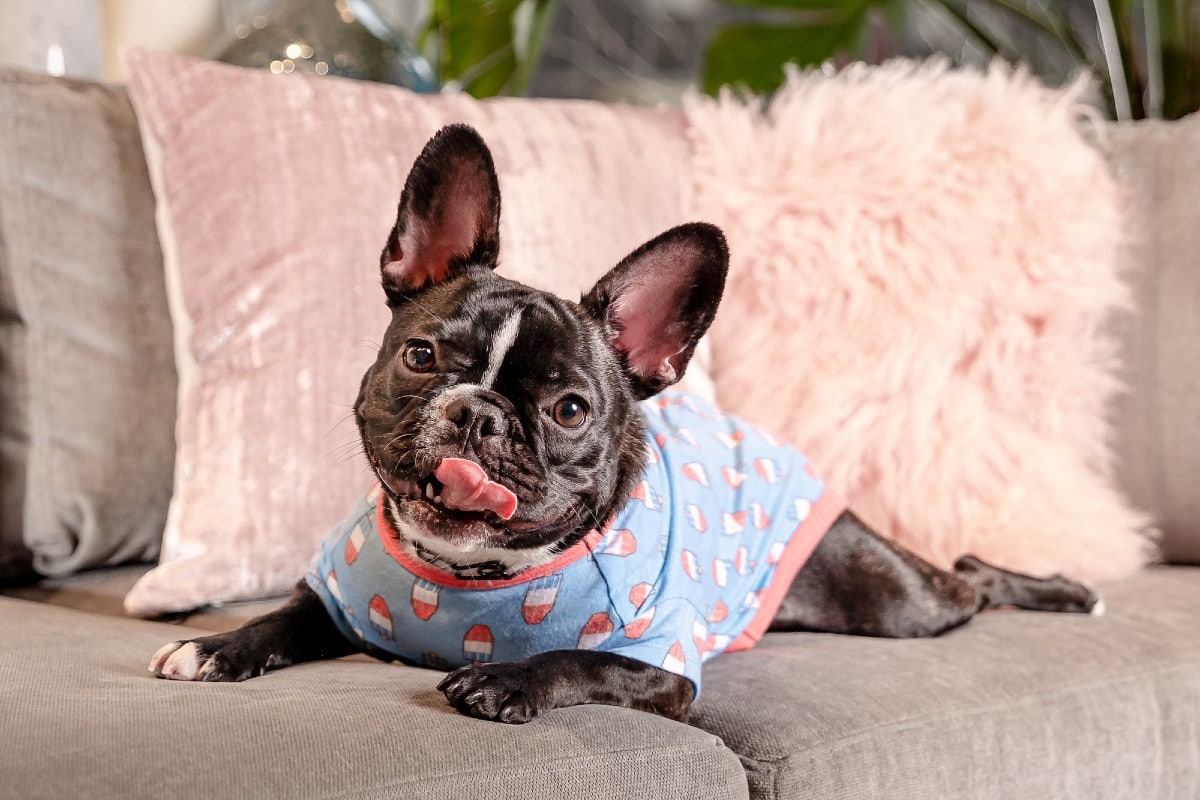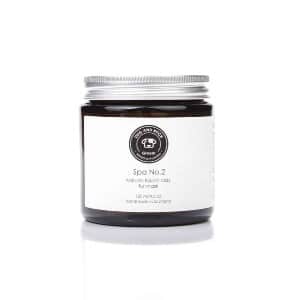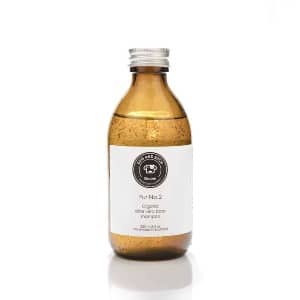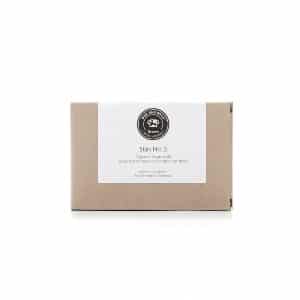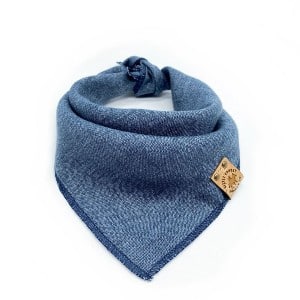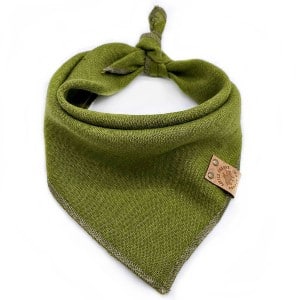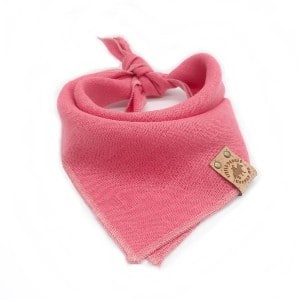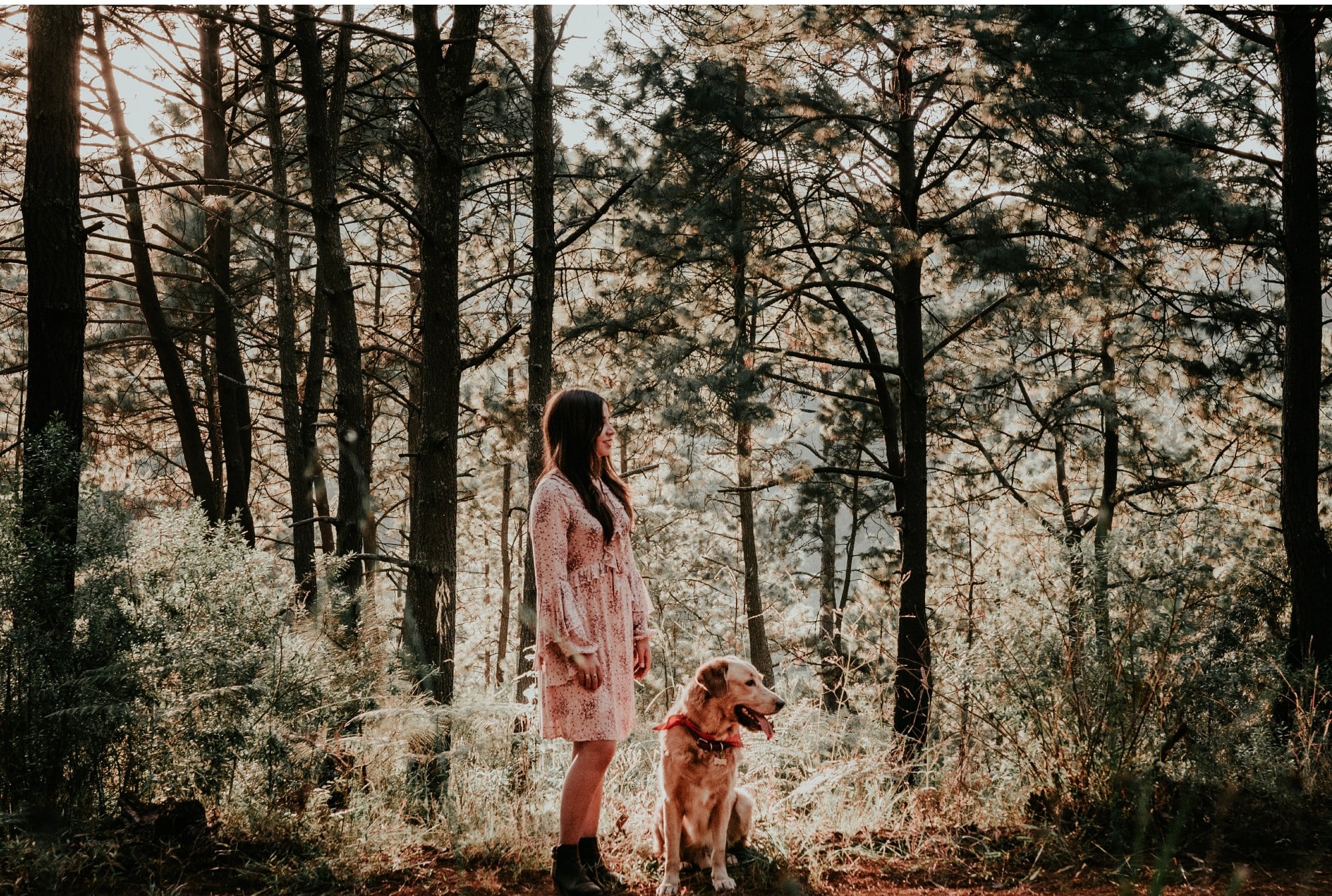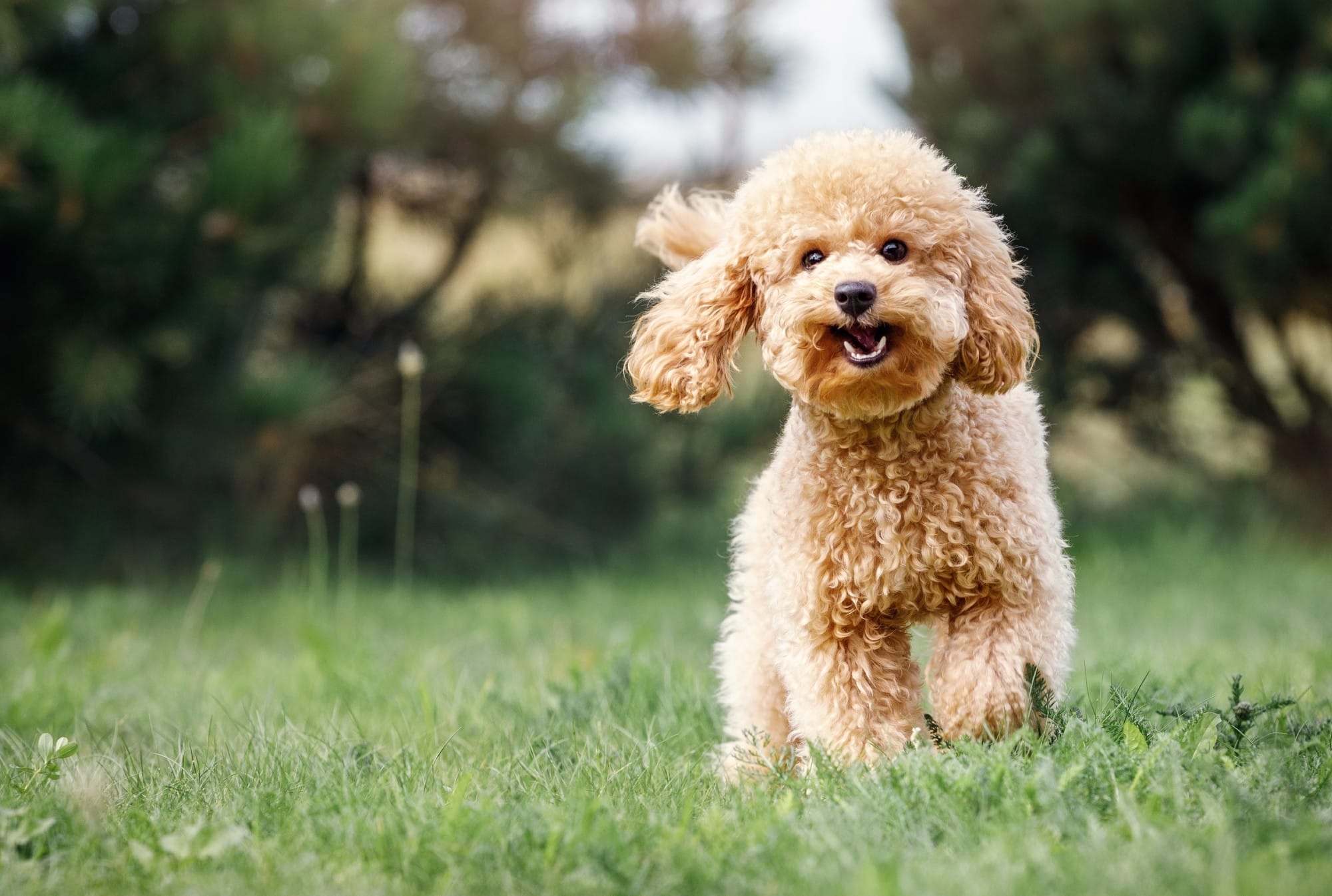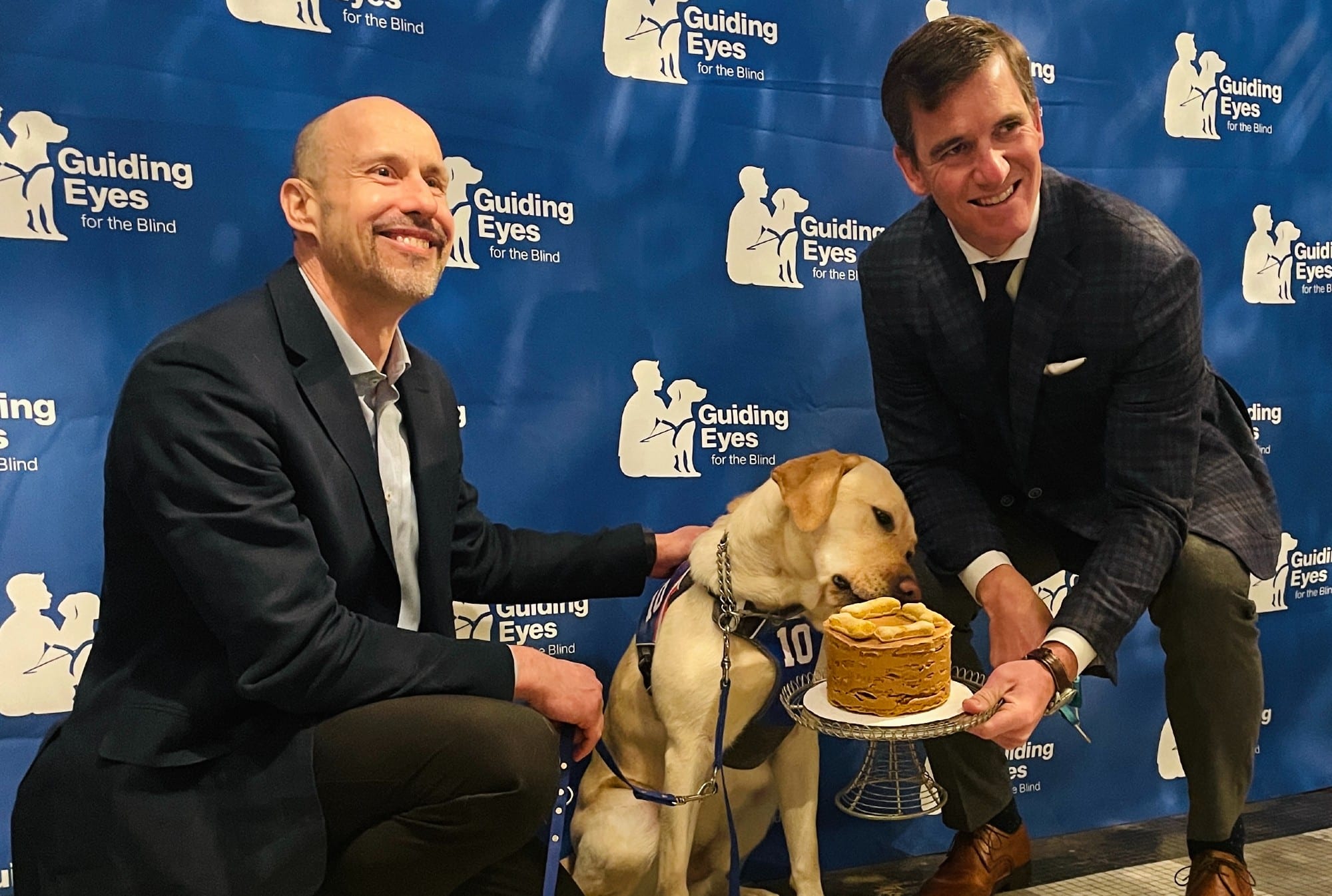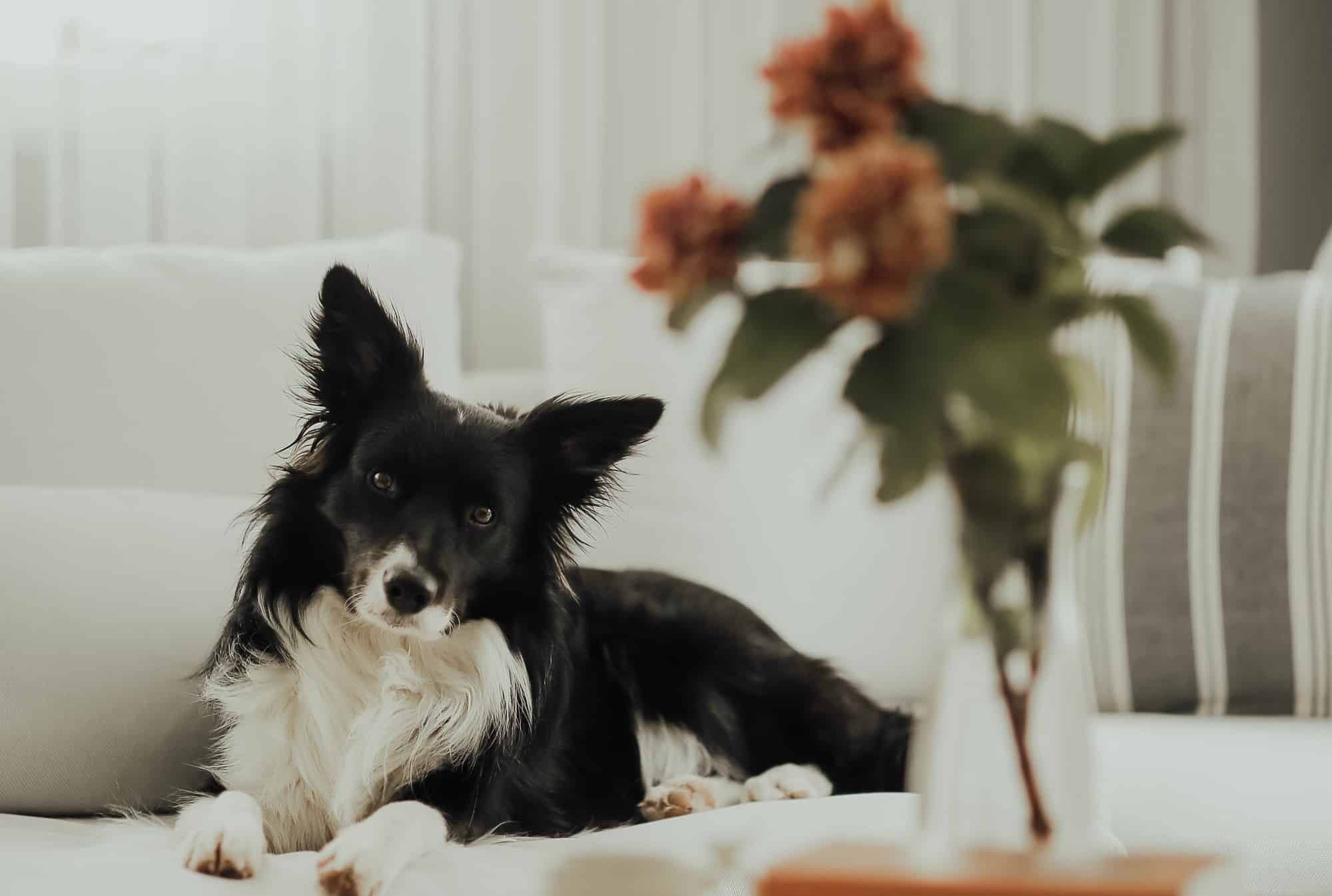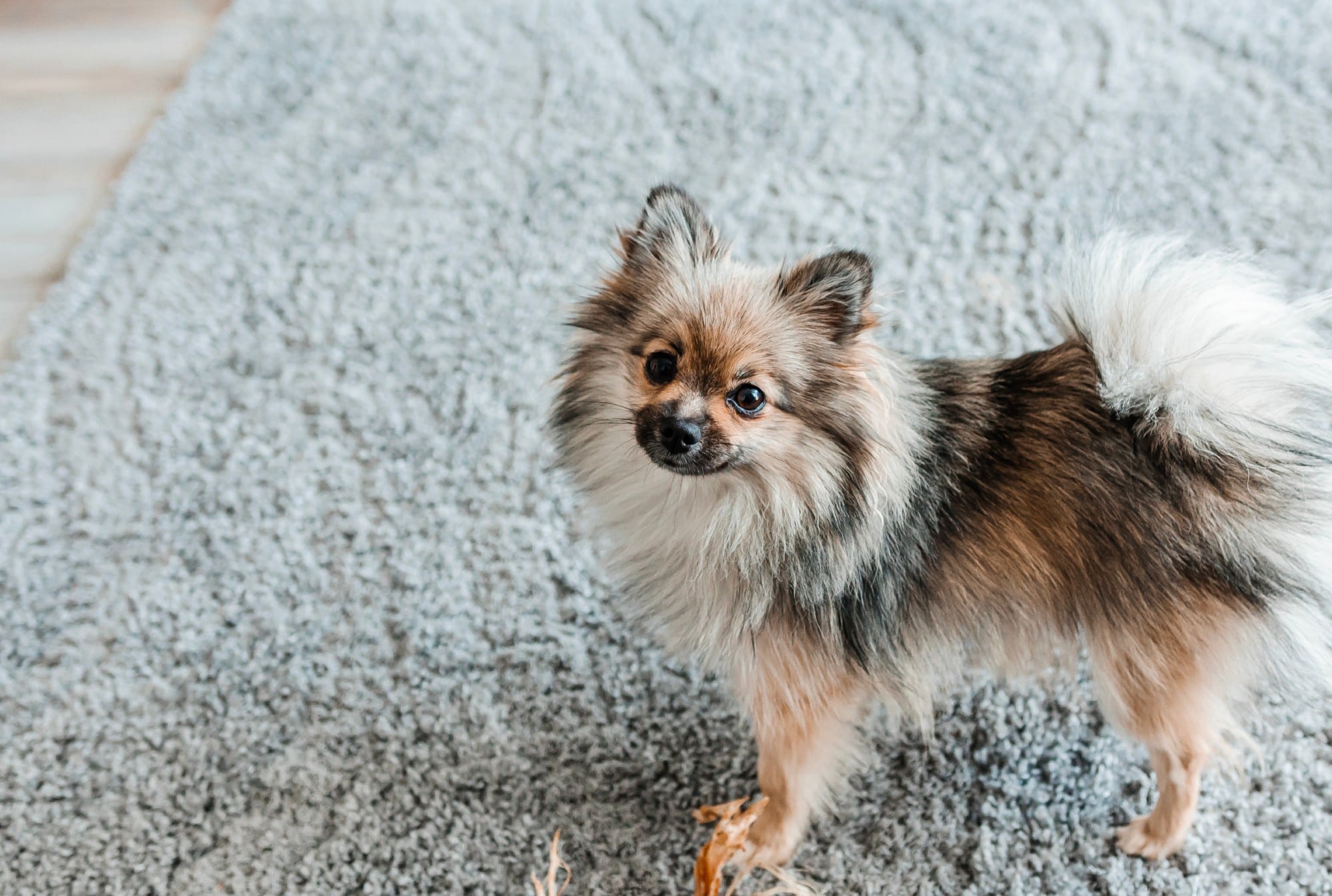State-issued lockdowns across the nation due to the COVID-19 pandemic have turned the dreams of our dogs into a full-fledged reality. No longer are their humans going to the office or the classroom rather, they’re home all of the time, lavishing love on their pets.
While it may be a dream-come-true for your furry, self-isolating for weeks, or even months, on end could be a bit depressing for you. Some folks have taken up gardening. Others have decided to paint their living rooms. But even with these newfound hobbies, it can be nearly impossible to fill up all of those empty hours.
So why not use this time to discover your inner dog photographer? Not only will a photo shoot with your pooch provide you with plenty of fun pics to share on social media, it’ll also be a great bonding session between you and your pet.
Here are a few pointers on how to make any photo Instagram-worthy.
Prepare for Your Dog’s Big Photoshoot
To help your pup look and feel his best, dog parents should consider basic training commands, grooming, and the right puppy paraphernalia.
“Sit, down and stay will give you much more flexibility with posing and also make the experience much more fun for your pet,” says Stacey Axelrod, owner of NYC Pet Photographer. “Plus, practicing reward-based training is fun for everyone and easy to do at home!”
And to get your dog to look his dandiest, bathe or groom him the day before the shoot. (You don’t want to overwhelm your dog with too much activity crammed into one day with pampering immediately before it.)
Finally, pay attention to your dog’s accessories. “Collars, tags, and leashes will show in photos so make sure you’re happy with the way those things look,” Axelrod recommends.
Keep Calm During Your Dog’s Photoshoot
We all know an energized dog won’t sit or stay while you snap photos of her; instead you are more likely to get those blurry shots of your pup running away from the camera. To properly capture your pooch on camera, it’s important that she’s chilled out. Consider taking her for a walk before her close-ups, and keep the sessions short, fun and taking breaks when necessary.
“Pay attention to your pet’s body language to gauge whether or not they’re enjoying the photo shoot,” says Axelrod. “Try to capture them with a relaxed body, calm eyes and happy ears.”
Related: More Than Human? Renowned Photographer Tim Flach Blurs the Lines Between Man and His Best Friend.
Picture Perfect Lighting for Your Dog Photoshoot
Regardless of the photoshoot is indoors or outside, lighting is key.
For outdoor shots, Axelrod advises dog parents to take pictures of their dog during “golden hour,” the time shortly after sunrise or right before sunset. “This is great because the sun is low in the sky, creating softer shadows and warmer tones on your dog,” she explains. “But you can also find great natural lighting on cloudy, rainy days or in the shade on a sunny afternoon.”
She adds, “Aim for even light and pay attention to shadows and highlights. Put the light behind you so it illuminates your subject.”
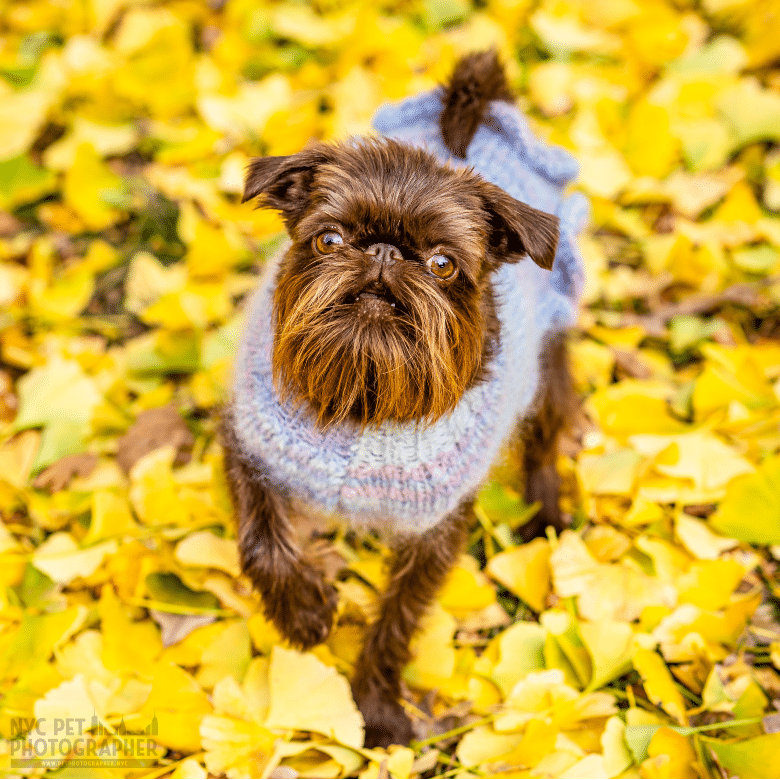
For inside photo dog sessions, use natural light whenever possible. Open up your curtains and blinds.
If you need to use an artificial lighting source, like a lamp, move it around to see what looks best. And if you can, order some refractors to bounce light from the window or lamp. (If in a pinch, poster board works, too.) “Move it around and watch how it changes the light on your dog,” she says.
Because lighting can either be a godsend or ruin a photo, Axelrod suggests not using flash, especially the tiny LED one on a phone camera or the pop-up flash on a DSLR camera. “They produce a very small, focused beam of light that usually looks unnatural and produces harsh shadows behind your subject. You’re almost always better off shooting the photo a bit dark and then brightening it up in a post-processing app,” she says, adding many dogs are afraid of flashes and you get those crazy eyes in photos.
She also warns against using overhead lighting as it creates dark shadows under the eyes, snout, and ears.
Understand Your Smartphone‘s Capabilities
By using your smartphone to snap your dog’s selfie, you can easily share it with friends and family on social media. But in order to take the best pictures, you need to prep your phone.
“Right before taking a photo, wipe your phone’s camera lens with a soft cloth or cotton shirt,” Axelrod suggests. “For extra-dirty photo or pro camera lenses, use wet wipes made for camera lenses or glasses.”
And for post-production, Axelrod recommends phone apps, like Adobe’s Lightroom or Photoshop. “Both apps are made for professional photographers so there is a steep learning curve, but you can find tons of free resources and tutorials online,” she says.
You can also use the phone’s photo-editing tools, an Instagram editor or the Snapseed app. “If you’re not sure what a certain tool does, turn it all the way up and then turn it all the way down; observe what changes in the photo and then make more subtle adjustments based on what you learned,” she recommends. “Over time, you’ll develop your own style and know exactly which adjustments each photo needs!”
Show Off Your Dog’s Personality
“If you want to bring out your dog’s personality, nothing beats just letting them act naturally in a natural environment while you capture candid photos!” says Axelrod.
If you want to do candid photos, she suggests getting down to your dog’s level. “One of my favorite things is to have a dog run directly at my camera while I snap lots of action shots. It usually takes a few tries, but the resulting photos are hilarious, and it’s a great way to bring out an active dog’s personality,” she says. Or for active dogs, bring out some pull toys to get some goofy reactions.
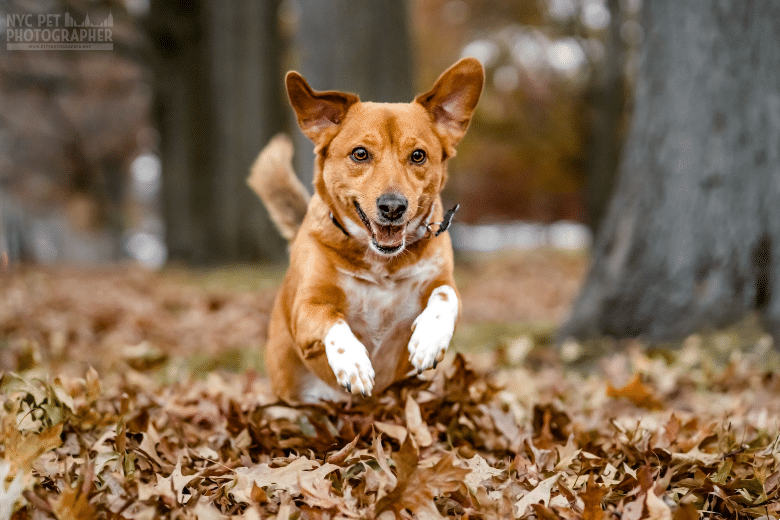
If your dog is more chill, consider placing her bed in front of a nice background. When she’s catching some zz’s, snap a few pics of her napping.
For those who want to go all out, you may want to play dress-up with your pup during the photo shoot, but often, all of those costumes may make him uncomfortable. “It’s also hard to adjust your pet’s wardrobe while getting their attention and operating the camera,” Axelrod says.
Instead, showcase your pup’s personality through a bandana or his signature collar. “I’ve never met a dog who couldn’t rock a bandana,” she says.
For those pups who aren’t really down with a photo session, there are a few things you can do to make them more comfortable. For one, some dogs don’t love cameras, or have no idea what they are. Sprinkle some treats near it and have your dog sniff it. Avoid using lights or “scary” camera sounds until your pup is relaxed.
“Once your dog is very comfortable being near the camera, try gently moving it or picking it up just a tiny bit and give a treat if your dog stays calm,” says Axelrod. “Over time, you can work your way up to pushing the shutter button which might make a sound or produce a flash of light. Then work your way up to holding the camera and pointing it at your dog.”
Lastly, try changing things up. Consider new scenery, taking a break or adding in a different treat or toy.
Speaking About Background…
“With the right lighting and strategic positioning, you can make almost any background work,” Axelrod explains.
She recommends choosing a contrasting color or texture background, so your dog stands out. “Look for repeating patterns, interesting textures, or fun colors,” she says.
Ensure there is nothing in the background to distract from your dog or that intersects with his body. Move your body or change the angle of the camera to cut out or cover up these distracting elements. Additionally, consider moving your furry further away from backgrounds and closer to the camera to blur out any distracting textures or items behind him.
If you’re shooting photos inside of your home, keep the space clean and clutter-free so it’s photo-ready.
“Identify your pet’s favorite spots to hang out and keep those spots especially photo-ready,” Axelrod recommends. “Put their bed or blankets in good lighting with good background options if possible.”
If you want to create a whole photo scene, “You can also use props, furniture, toys, and backgrounds to show off your dog’s personality or create a visual story for them,” she explains.
“I always start with an interesting chair and a clean background, then add in other furniture and decor to not only make the photo more visually appealing, but also to build a little story about the dog(s) in the final portrait,” says Axelrod. “For example, around the holidays, I use darker colored furniture and warm, festive decor to make it look like the dog is sitting by a fire and sipping on a cup of mulled wine while he waits for you to arrive with holiday gifts.”
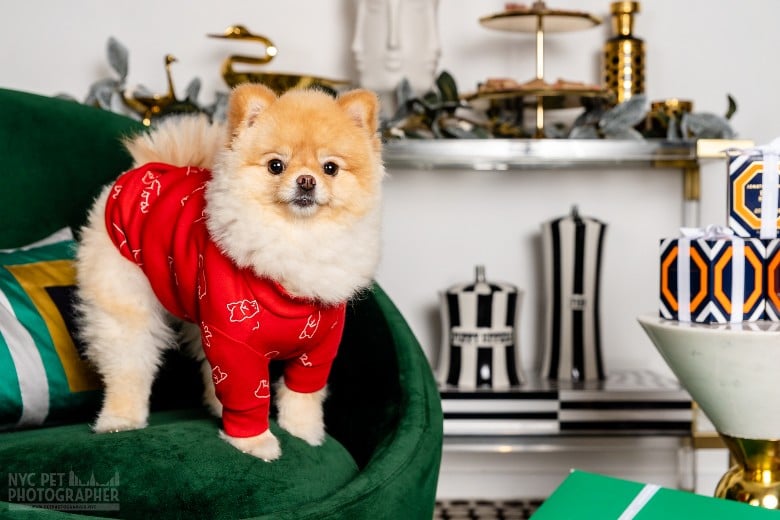
But don’t go overboard – sometimes simpler is better. Axelrod recommends asking yourself how each prop, texture, color, piece of furniture, or piece of clothing will play a role in your story.
Related: Blowing in the Wind: Photographer Captures Dog’s Personality in Beautiful Series
“Arrange props at different heights and angles in the scene to create some visual variety and overall balance within the photo frame,” she says. “Depending on the size and color of your dog, you might need to move things around to make sure your dog stands out as the star of the photo.”
But if your dog isn’t digging the prop or is fearful of it, removed it. “Your dog’s comfort and relaxed personality are more important than any prop or accessory,” says Axelrod.
Sit, Stay, Shoot
It can be tough to keep a dog in one pose for too long. Axelrod suggests taking a lot of photos, capturing candid moments, and keeping it fun.
“Figure out what grabs your pet’s attention and have that on hand during the photo shoot,” she says. “Give your pet one thing to focus on and make sure you don’t overwhelm them with too many attention grabbers.”
When using the attention grabber — think a squeaky tennis ball, treats, or toy — use it sparingly and strategically. “Don’t make the special noise, say the special word, or wave the treat around until you’re absolutely ready to snap the photo,” she says. “Check your background, lighting, composition, pet’s position, and camera settings before trying to get your dog’s attention.”
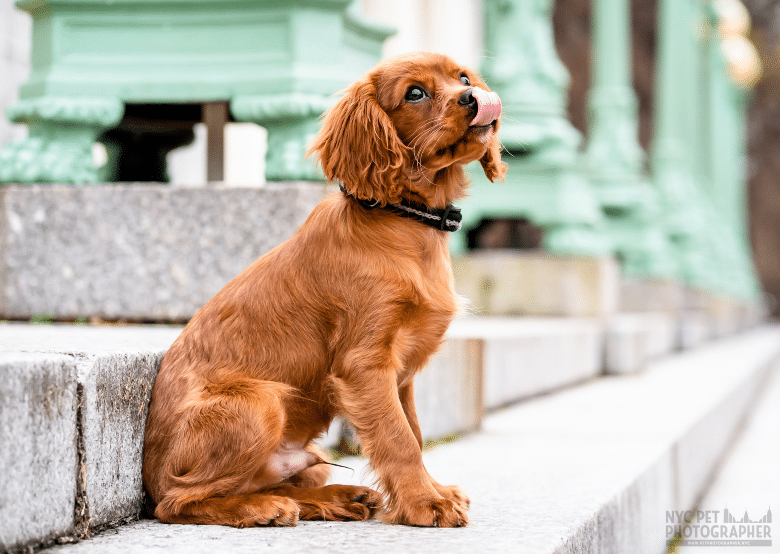
“Shoot at your pet’s eye level unless you’re playing with a creative viewpoint or working around a distracting background,” Axelrod recommends. “Focus on the eyes and try to get direct eye contact to help the viewer connect with your pet.”
Additionally, consider the angle of view of your pet. “A dog shot from below usually appears regal and powerful while a pet shot from above appears diminutive and inferior,” she explains.
Axelrod says to avoid using the digital zoom feature on your camera, as the results are low-quality, pixelated photos. Instead, just move closer to your subject.
Final Thoughts on Your Dog Photoshoot
Don’t forget to pay your model!” Axelrod says. “Reward your pet for cooperating both during and after the photo session. A reward can be anything they really love like treats, a special toy, petting, or praise.”
Related: Photographer Fights Stigma Against Pit Bulls With Adorable Photo Series













